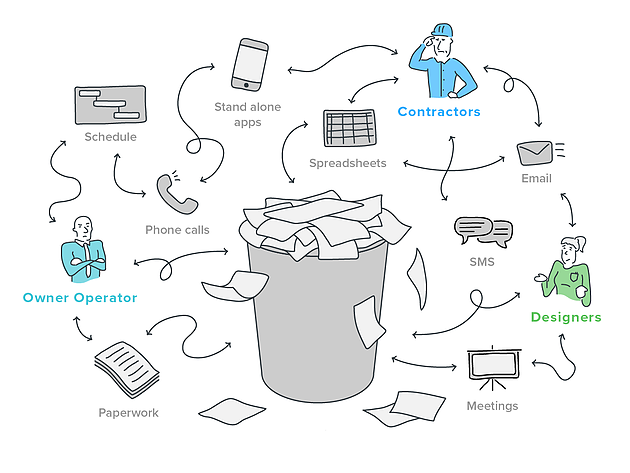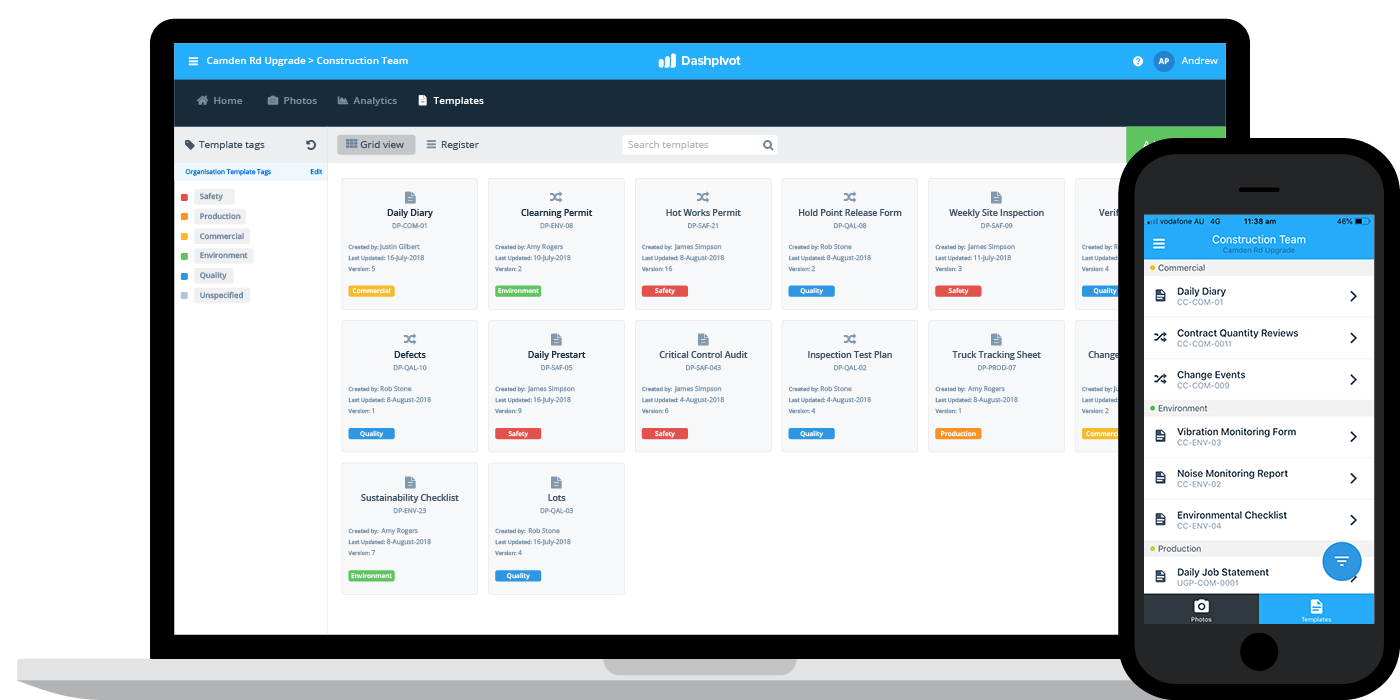Getting Seamless Task Distribution: Engineer's Comprehensive Method to Building And Construction Paper Administration
In the realm of design and construction, the thorough orchestration of project aspects is vital to success. One vital element typically undervalued is the administration of building documents, which functions as the backbone of every job. construction document management. As engineers navigate the intricacies of execution, sychronisation, and layout, a detailed strategy to record administration becomes a linchpin for achieving seamless project delivery. By exploring the nuances of this procedure, uncovering the important components, and exploring innovative technological services, engineers unveil a path in the direction of heightened efficiency and collaboration within task teams. The combination of innovation, collaboration, and precision develops the keystone of a successful building undertaking, raising the relevance of a structured paper monitoring technique.
Relevance of Building And Construction Paper Administration
Effective construction document management plays a vital function in guaranteeing project success by facilitating smooth communication and organization throughout the construction procedure. By preserving updated and accurate building and construction records, designers can efficiently connect with service providers, subcontractors, and other stakeholders associated with the job. These papers work as a referral point for all events, making sure that everyone is working from the very same set of information and minimizing the possibility of mistakes or misunderstandings.
Additionally, appropriate document management can boost project performance, decrease expensive delays, and ultimately lead to the effective completion of building and construction tasks. Designers that prioritize building record management established a strong structure for project success and show a dedication to supplying high-quality results.
Crucial Element for Effective Documentation

Developing standard themes and methods makes certain consistency throughout all task files. Implementing a robust file monitoring system that allows for version control, accessibility constraints, and audit routes greatly boosts the organization and safety of task documentation. By integrating these crucial components into building paper monitoring techniques, architects can improve procedures, decrease errors, and eventually add to the effective distribution of tasks.
Making Use Of Innovation for Document Organization
Leveraging advanced digital tools and software application systems contributes in boosting the organization and availability of building paperwork. Building companies can enhance their record monitoring processes by executing specialized software application created for the building market. These devices use functions such as variation control, cloud storage, and joint editing and enhancing capacities, enabling team participants to deal with documents simultaneously and ensuring every person has accessibility to the most up-to-date information.
One key benefit of making use of innovation for file organization is the capacity to produce a central database for all project-related files. By saving papers in a protected digital setting, designers can conveniently browse, get, and share information with stakeholders, reducing the danger of version problems or misplaced data. Additionally, progressed software application solutions usually integrate metadata tagging and indexing functionalities, permitting individuals to categorize records effectively and recover them promptly when needed.
Joint Methods With Job Groups
To enhance task results, engineers need to embrace collective methods when collaborating with job groups to guarantee smooth communication and control throughout the building process. Partnership page with project teams is crucial for designers to effectively handle building and construction jobs. construction document management. By fostering open communication and synergy among all stakeholders, designers can enhance decision-making procedures, address prospective issues proactively, and make sure that everyone is aligned with the job objectives
Designers must establish clear lines of communication with designers, contractors, customers, and various other crucial group members from the beginning of the project. Regular conferences, progress updates, and feedback sessions ought to be arranged to maintain everyone educated and engaged. Utilizing collaborative task monitoring tools can also facilitate real-time details sharing and paper partnership, enhancing openness and effectiveness.

Best Practices for Document Version Control

Verdict
In final thought, reliable construction file administration is crucial for achieving seamless job click to read more delivery (construction document management). It is important for architects to apply ideal methods in paper administration to effectively navigate the intricacies of building and construction jobs.
Effective construction record management plays a critical duty in guaranteeing task success by facilitating smooth communication and organization throughout the building process. In addition, proper file administration can improve job efficiency, decrease costly hold-ups, and inevitably lead to the effective conclusion of building projects.To optimize task end results, designers must welcome joint techniques when working with job teams to ensure smooth interaction and sychronisation throughout the construction procedure. Cooperation with project groups is you could try this out crucial for designers to efficiently manage building and construction jobs.In the realm of joint construction task administration, maintaining precise control over paper versions stands as a critical technique for guaranteeing project integrity and communication.